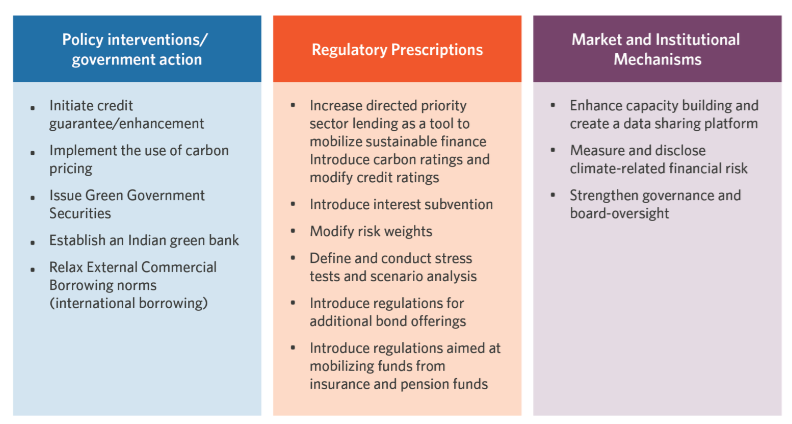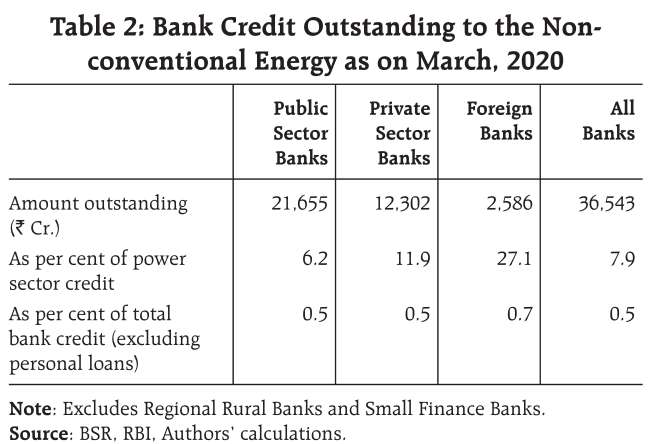
Sustainable development has emerged as a topic of utmost importance globally in the wake of extreme weather events triggered by climate change. Himachal Pradesh, a geographically elevated state, is making notable advancements towards environmentally conscious development and long-term sustainability. The state seeks to advance environment-friendly initiatives, reduce carbon emissions, and secure a more ecologically conscious future by implementing green financing practices.
The implementation of green financing in Himachal Pradesh is a component of the international endeavor to tackle the complexities associated with climate change, energy constraints, and financial instabilities. The state acknowledges that there is a trade-off between economic progress and environmental stability, while seeking to achieve balance between these two. Green finance presents a viable alternative by furnishing the requisite financial backing for initiatives aimed at mitigating greenhouse gas emissions, fostering biodiversity, and advancing sustainable development.
Green finance is a financial strategy that prioritises investments in projects that are both ecologically sustainable and socially responsible. The primary objective is to ensure that financial decisions are in harmony with the objectives of safeguarding the environment and promoting sustainable development. Green finance plays a vital role in directing financial resources towards promoting ecologically sustainable practices within enterprises, while also fostering consumer engagement in eco-friendly purchase patterns.
READ I Sustainability in Indian companies: A struggle to meet targets
Govt’s sustainable development initiatives
The government of Himachal Pradesh has shown dedication to the principles of green growth and sustainability. The National Action Plan on Climate Change was initiated in 2008, encompassing eight significant missions designed to facilitate sustainable growth across diverse sectors of the economy. These missions include the National Solar Mission, the National Mission for Enhanced Energy Efficiency, and the Green India Mission. To accomplish these tasks, the government has allotted financial resources and set up establishments dedicated to providing environmentally sustainable finance.
Regulating green finance – Three key pillars


The National Renewable Energy Fund (NCEF), formed in 2010, offers financial support for initiatives related to renewable energy. The Indian Renewable Energy Development Agency (IREDA) provides financial support to companies operating in both the public and commercial sectors that are involved in renewable energy initiatives. These measures are indicative of the government’s dedication to advancing sustainable development and mitigating the nation’s carbon emissions.
Technology and green finance
Technology is of utmost importance in facilitating the advancement of green finance and promoting sustainability. The fintech business is witnessing the emergence of green fintech as a prominent player, driven by the optimisation of technology. This sector is primarily dedicated to the reduction of emissions and the advancement of biodiversity. The utilisation of technologies such as artificial intelligence (AI) and big data is being employed to quantify environmental impact, assess the sustainability practices of companies, and forecast and alleviate the consequences of climate change.
The utilisation of big data facilitates the quantification of environmental consequences through the examination of corporate resources and supply networks. This dataset facilitates the evaluation of the extent to which portfolios are exposed to climate-related risks and the achievement of the Sustainable Development Goals (SDGs). Artificial intelligence (AI), on the other hand, assesses the influence of enterprises on the SDGs and assists investors in making well-informed choices that align with sustainability objectives. Moreover, artificial intelligence (AI) possesses the capability to anticipate and address challenges, thereby making a valuable contribution to the efforts aimed at mitigating climate change and monitoring the environment.
The incorporation of novel technologies, diverse data sources, and advanced analytical methodologies presents favorable prospects for attaining the SDGs and fostering a more sustainable trajectory for the future. Through the utilisation of technological advancements, the implementation of green financing has the potential to stimulate innovation and make a substantial contribution towards the development of a more environmentally sustainable and resilient Himachal Pradesh.
Transformative actions in key sectors
The implementation of green finance in Himachal Pradesh facilitates transformative initiatives in crucial areas that serve as catalysts for economic development. These sectors encompass energy, watershed management, industry, and tourism. Through the implementation of legislative and institutional reforms, the state endeavors to establish a framework that promotes environmentally sustainable energy generation, diminishes reliance on fossil fuels, and mitigates adverse effects on both the natural environment and human populations.
Himachal Pradesh is strategically utilising its natural resources within the energy sector to effectively produce environmentally friendly hydropower. The state has recognised hydropower as a significant catalyst for economic expansion and intends to pursue the development of an additional 10 GW of hydropower capacity by the year 2020. To address the potential environmental consequences associated with the growth of hydropower, comprehensive evaluations of cumulative impacts are undertaken, and measures are implemented to regulate the flow of water in rivers, ensuring the preservation of aquatic ecosystems and the fulfillment of downstream community requirements.
Watershed management constitutes a vital facet of sustainable development in the state of Himachal Pradesh. A community-led program has been initiated by the state with the objective of safeguarding watersheds, hence improving water efficiency, agricultural productivity, and rural livelihoods. Himachal Pradesh endeavors to mitigate soil erosion, land degradation, and water scarcity in rural regions, hence fostering poverty reduction, using an integrated strategy to watershed management.
Within the industrial sector, governmental entities are actively encouraging the adoption of environmentally friendly practices by providing incentives for the implementation of cleaner ways in manufacturing and production processes. The governmental authorities have revised the industrial strategy with the intention of discouraging industries that contribute to pollution, while simultaneously promoting the adoption of cleaner sources of economic growth. The promotion of public disclosure of pollution levels is being advocated to guarantee openness and accountability.
The tourist industry in Himachal Pradesh exhibits significant potential for the promotion of sustainable development. The state is currently revising its tourist strategy with the aim of fostering sustainable growth in the tourism sector while prioritising environmental considerations. Himachal Pradesh endeavors to optimise the economic advantages derived from tourism while concurrently mitigating its ecological impact through the promotion of ecotourism and sustainable tourism practices.
Private sector participation in green finance
Private sector institutions in the state of Himachal Pradesh are actively engaged in the promotion of green finance and sustainability. Green bonds have been launched by banks and financial organisations to secure funding for initiatives that promote environmental sustainability. Green bonds offer investors the chance to actively contribute to sustainable development initiatives while simultaneously generating financial gains. The issuing and listing of green bonds in India have been regulated by the Securities and Exchange Board of India (SEBI), which has recently released rules. These guidelines aim to promote private sector involvement in green financing inside the country.
The implementation of green financing in the state of Himachal Pradesh presents numerous advantages. First and foremost, it facilitates the advancement of sustainable development and diminishes the carbon footprint of the state, making a valuable contribution to international endeavors aimed at mitigating climate change. Additionally, it offers avenues for investors to engage in sustainable initiatives and contribute to the advancement of environmentally friendly endeavors. Ultimately, the implementation of green finance in Himachal Pradesh has the potential to mitigate energy costs and enhance energy security, yielding favorable outcomes for both the economy and the environment.
It can be inferred that the provided information supports the notion that the topic at the provision of financial support for environmentally sustainable initiatives in Himachal Pradesh is being facilitated through green financing, thereby contributing to the advancement of sustainable development in the region.
The state is making substantial advancements in the direction of green growth and sustainability through a combination of government programs and private sector involvement. The implementation of green financing facilitates the advancement of sustainable development, mitigates the carbon footprint, and enhances energy security. Himachal Pradesh is strategically positioned to establish a sustainable and environmentally conscious future by prioritising green finance.
(Dr Divya J Thakur is Professor and Associate Director, Chandigarh University, Mohali.)
